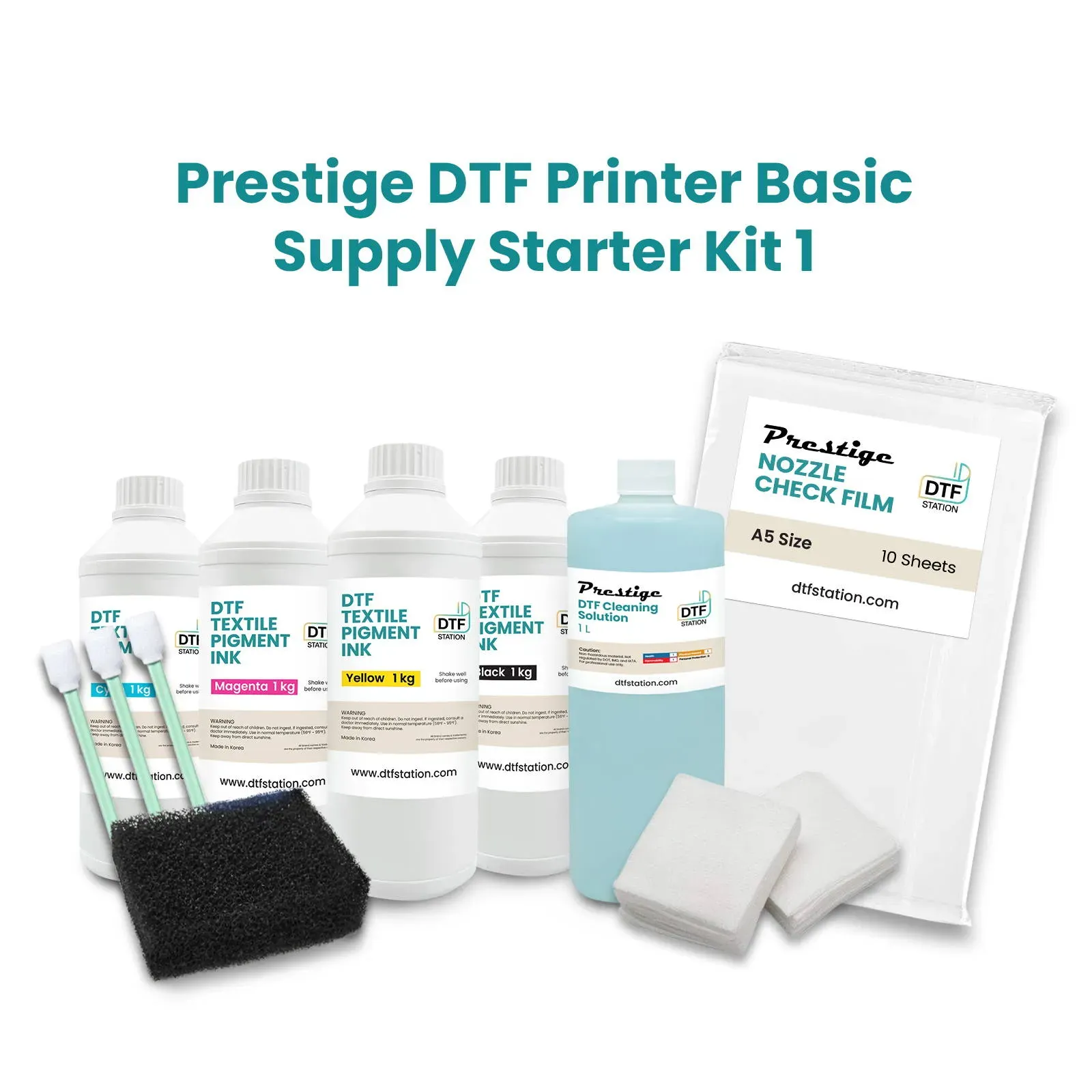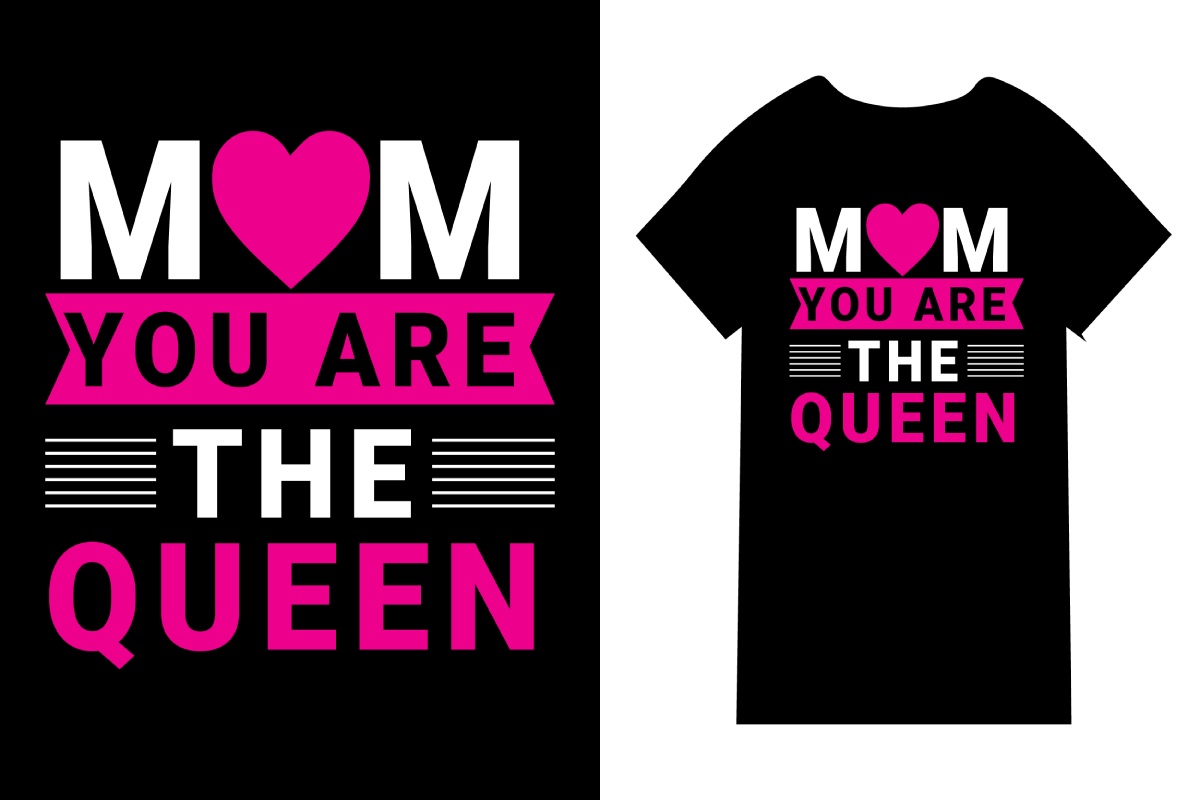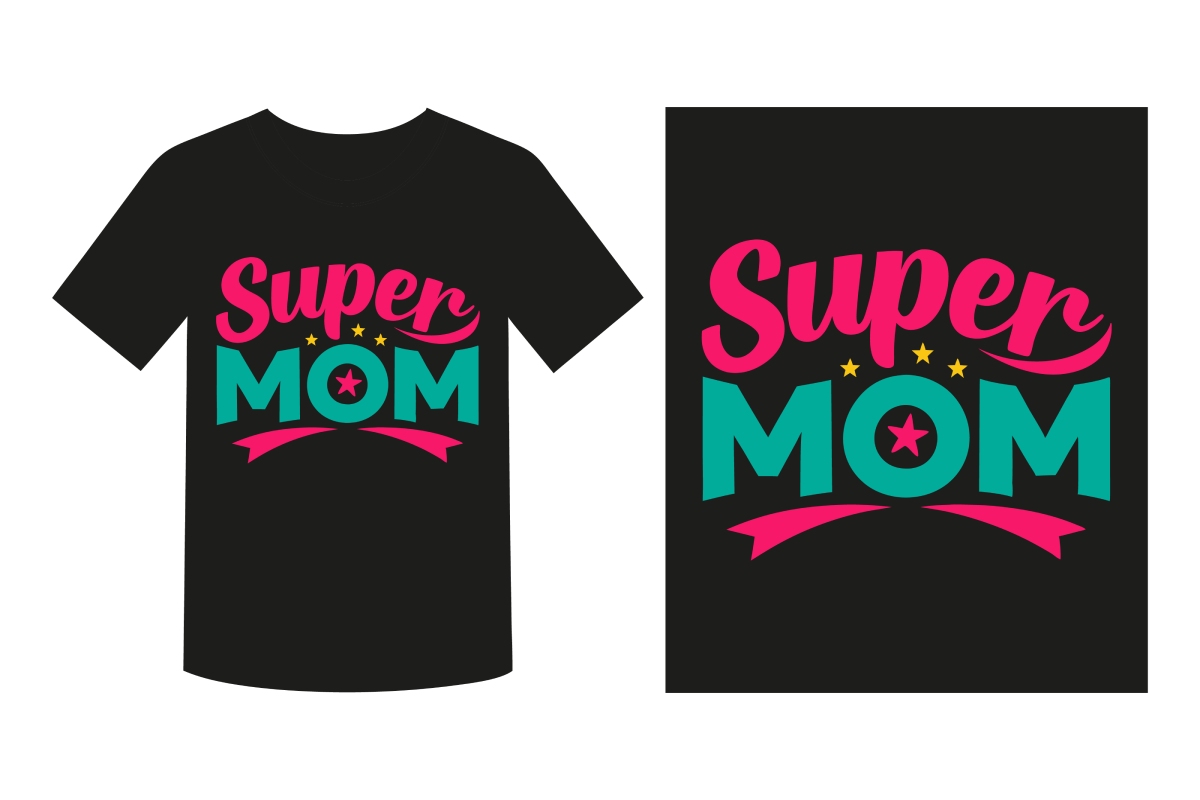DTF supplies play a vital role in revolutionizing the textile printing industry, specifically through the innovative Direct to Film (DTF) printing method. This technique has gained popularity for its ability to produce vibrant and detailed designs that stand out on various fabric types. In this guide, we will delve into the essential DTF printing supplies you need, including DTF inks, transfer films, and specialized DTF printers. By understanding these components, you can maximize the quality and appeal of your prints, whether for personal projects or commercial applications. Join us as we explore the world of DTF supplies and unravel the keys to successful printing.
When discussing innovative textile printing methods, it’s important to highlight the significance of Direct to Film technology. This approach allows for the precise application of designs onto fabrics, making use of specialized inks, films, and printers that enhance overall print quality. The transfer process involves critical materials like printing films and adhesive powders that ensure durability and vibrancy. As we explore this realm of fabric printing supplies, you’ll discover how to choose the right components that will not only elevate your projects but also ensure compatibility and efficiency in your printing process.
Understanding DTF Printing Supplies
DTF printing supplies are essential for anyone diving into the world of textile printing. At the forefront of these supplies is the DTF printer, which has been specifically designed to work with this method. These printers typically employ modified inkjet technology that allows them to produce high-resolution images directly onto a special transfer film. Knowing which DTF printer to choose can significantly impact the quality of your prints and ultimately your success as a DTF printing professional.
Aside from the printer, other key supplies include DTF ink and transfer film. DTF inks are specially formulated to provide vibrant colors and excellent adhesion on various fabric types. It’s crucial to select premium DTF inks to ensure that the end results meet your creative vision. Similarly, the transfer film’s compatibility with the printer and ink can greatly influence the heat transfer process, making these supplies central to achieving flawless prints.
The Role of DTF Inks in Quality Printing
Quality DTF inks are paramount for achieving vibrant, long-lasting prints. Unlike traditional inks, DTF inks are specifically formulated to withstand the rigors of heat transfer, providing excellent color reproduction and durability. Opting for pigment-based DTF inks ensures that your prints not only retain their color after multiple washes, but also adhere well to various fabric types, making them a favorite among textile printing enthusiasts.
When selecting DTF inks, consider their formulation and base. Many professionals recommend inks that are specifically made for DTF printing, as their unique properties enhance both the print’s vibrancy and its adherence to the transfer film. Investing in high-quality DTF ink will yield results that visually stand out in a crowded marketplace, proving essential for custom apparel sales or promotional products.
Choosing the Right Transfer Film for DTF
Transfer film is a pivotal component in the DTF printing process, serving as the medium for printed designs before they are transferred onto fabric. Usually made from polyethylene terephthalate (PET), the right transfer film can dramatically affect the final output quality. It’s important to select a transfer film that has a coating compatible with the DTF inks used in your printer, ensuring a robust bond during the transfer process.
In addition to compatibility, the type of transfer film can impact the texture and look of the finished product. Whether you prefer a glossy or matte finish, the choice of transfer film can enhance or detract from the brilliance of the colors printed. Experimenting with different brands of transfer film can help you discover which products produce the best results for your specific needs.
Adhesive Powders: Ensuring Print Longevity
Adhesive powder is a critical element in the DTF printing process, applied to the printed film while the ink is still wet. This powder plays a vital role in ensuring that the design adheres securely to the fabric during the heat transfer process. For optimal results, choose a high-quality adhesive powder that can withstand multiple washes without compromising the integrity of the print.
The right adhesive powder not only ensures strong bonding but also influences the overall feel of the printed garment. Superior adhesive powders can have a soft handle, making the print feel more like part of the fabric rather than simply an overlay, which is crucial for comfort and wearability in clothing designs.
Investing in a Quality Heat Press for DTF
A reliable heat press is indispensable for any DTF printing operation. This machine transfers the design from the transfer film to the fabric, ensuring even heat distribution and pressure—a critical factor in achieving a successful transfer. When searching for a heat press, functionalities such as adjustable temperature settings and a timer feature are essential for producing consistent, high-quality results.
Different types of heat presses are available, ranging from clamshell to swing-away models. Each has its advantages, and the choice largely depends on the scale of your printing needs. Investing in a quality heat press not only enhances your output but also improves efficiency, enabling smoother workflow in your DTF printing operations.
Fabric Choices and Their Impact on DTF Printing
The choice of fabric is a pivotal consideration in DTF printing that can significantly affect the print outcome. DTF printing is versatile, successfully adhering to a wide range of materials, including cotton, polyester, and various blends. Each fabric type interacts differently with DTF inks and films, impacting the vibrancy and durability of the prints. Therefore, experimenting with various fabrics to understand their compatibility with your DTF supplies will yield the best results.
Additionally, cotton fabrics usually offer excellent print quality due to their absorbent nature, while polyester and synthetic blends can provide vibrant color reproduction. Understanding the characteristics of different fabrics enables you to make informed choices that enhance the overall quality of your printed products, ensuring they meet consumer expectations.
Frequently Asked Questions
What are the essential DTF supplies needed for successful printing?
To successfully engage in DTF (Direct to Film) printing, you’ll need several essential supplies: a DTF printer that utilizes specialized inkjet technology, high-quality DTF inks for vibrant colors, transfer film made of PET material for design application, adhesive powder for bonding ink to fabric, a reliable heat press for even transfers, and optionally, a pretreatment solution to improve adhesion on certain fabrics.
How do DTF inks differ from traditional inks used in textile printing?
DTF inks are specially formulated for Direct to Film printing, providing superior color reproduction and durability compared to traditional inks. These inks are typically pigment-based, ensuring excellent adhesion to the transfer film and fabric, resulting in bright, long-lasting prints that can withstand multiple washes and wear without fading.
What type of transfer film is best for DTF printing?
When selecting transfer film for DTF printing, look for high-quality polyethylene terephthalate (PET) film that is compatible with your DTF printer. The film should have a special coating that allows the DTF inks to bond effectively. Ensure that the film is suitable for the specific fabric you are using to achieve optimal results.
Why is a heat press recommended for DTF printing?
A heat press is crucial for successfully transferring DTF designs from film to fabric. It ensures even heat distribution and pressure across the design, which is essential for effective adhesion. A good heat press should have adjustable temperature settings and a timer to achieve the best results during the heat transfer process.
Can different fabrics be used with DTF printing?
Yes, DTF printing is versatile and can be used on various fabrics, including cotton, polyester, and blended materials. Each type of fabric may yield different results, so it’s beneficial to experiment and identify which fabrics work best for your specific DTF projects.
What are the advantages of using DTF supplies for textile printing?
DTF supplies provide numerous advantages for textile printing, such as vibrant color reproduction, the ability to print on multiple fabric types, cost-effectiveness for smaller runs, and durability of prints that can withstand regular washing. This flexibility makes DTF printing a popular choice among custom apparel creators.
| Key Points | |
|---|---|
| DTF Printing Definition | Direct to Film printing, allowing for detailed designs and vibrant colors on fabrics. |
| Essential Supplies | 1. **DTF Printer** – High-resolution printing device adapted for DTF inks. 2. **DTF Inks** – Pigment-based inks for bright, durable prints. 3. **Transfer Film** – Special film for applying designs to fabrics. 4. **Adhesive Powder** – Binds design to fabric during transfer. 5. **Heat Press** – Ensures proper transfer conditions. 6. **Pretreatment Solution** – Optional, enhances adhesion on certain fabrics. 7. **The Fabric** – Suitable for various materials like cotton and polyester. |
| Considerations | – Quality Control: Use high-quality materials. – Compatibility: Ensure all supplies work together. – Market Trends: Stay updated on new products and methods. |
| Advantages of DTF Printing | – Vibrant colors and versatility across multiple fabric types. – Cost-effective for short runs. – Durable prints that withstand washing. |
Summary
DTF supplies are essential for anyone venturing into the world of textile printing. Understanding the key components—such as the DTF printer, specialized inks, transfer films, and heat press—is crucial for achieving stunning, high-quality prints. This guide emphasizes the importance of choosing high-quality DTF supplies to ensure vibrant colors, durability, and overall effectiveness in your projects. Whether for personal use or business, mastering these supplies will set you on the path to successful and visually appealing textile creations.



